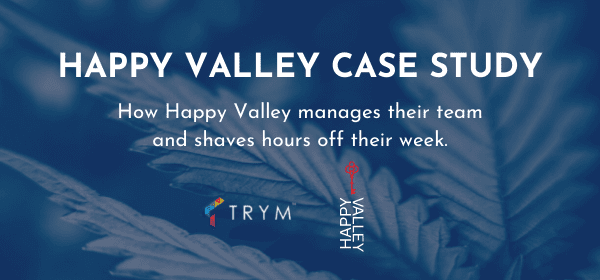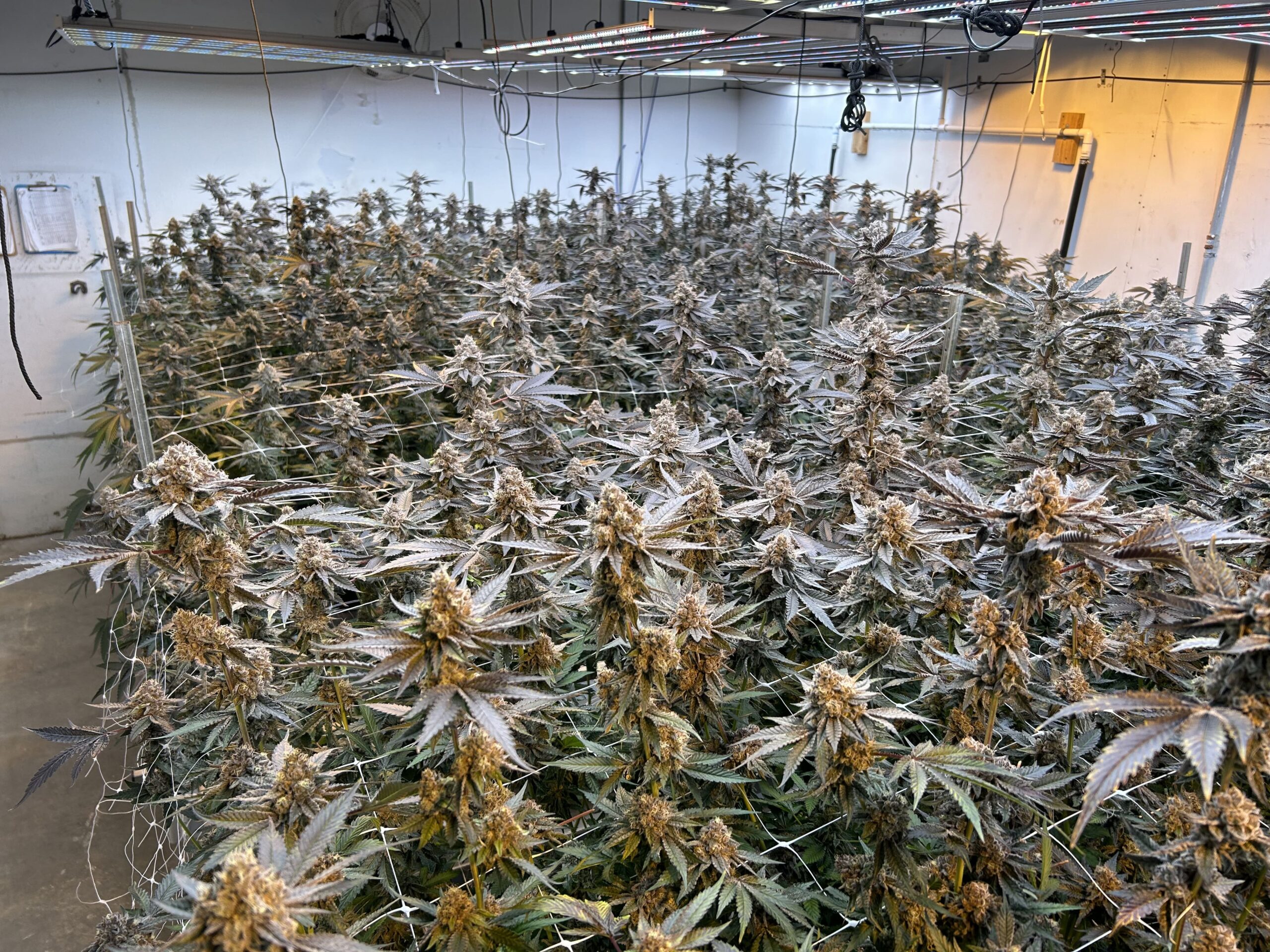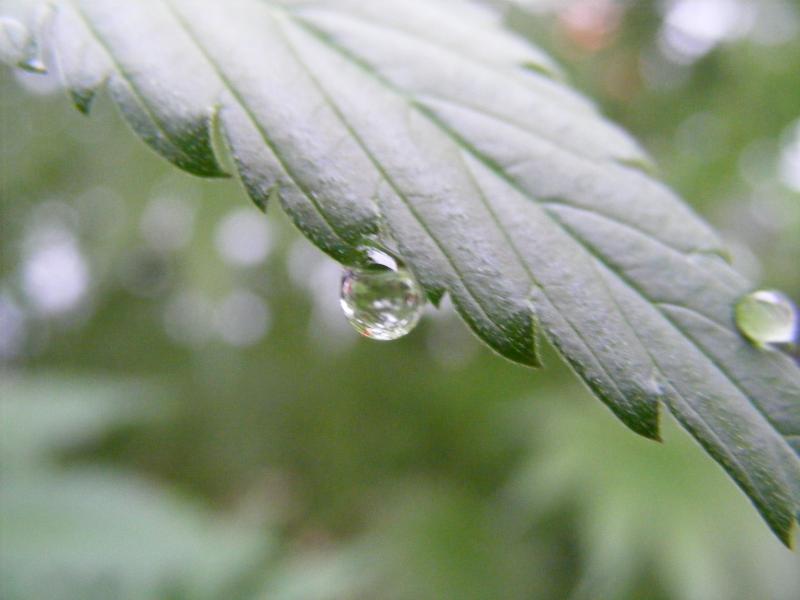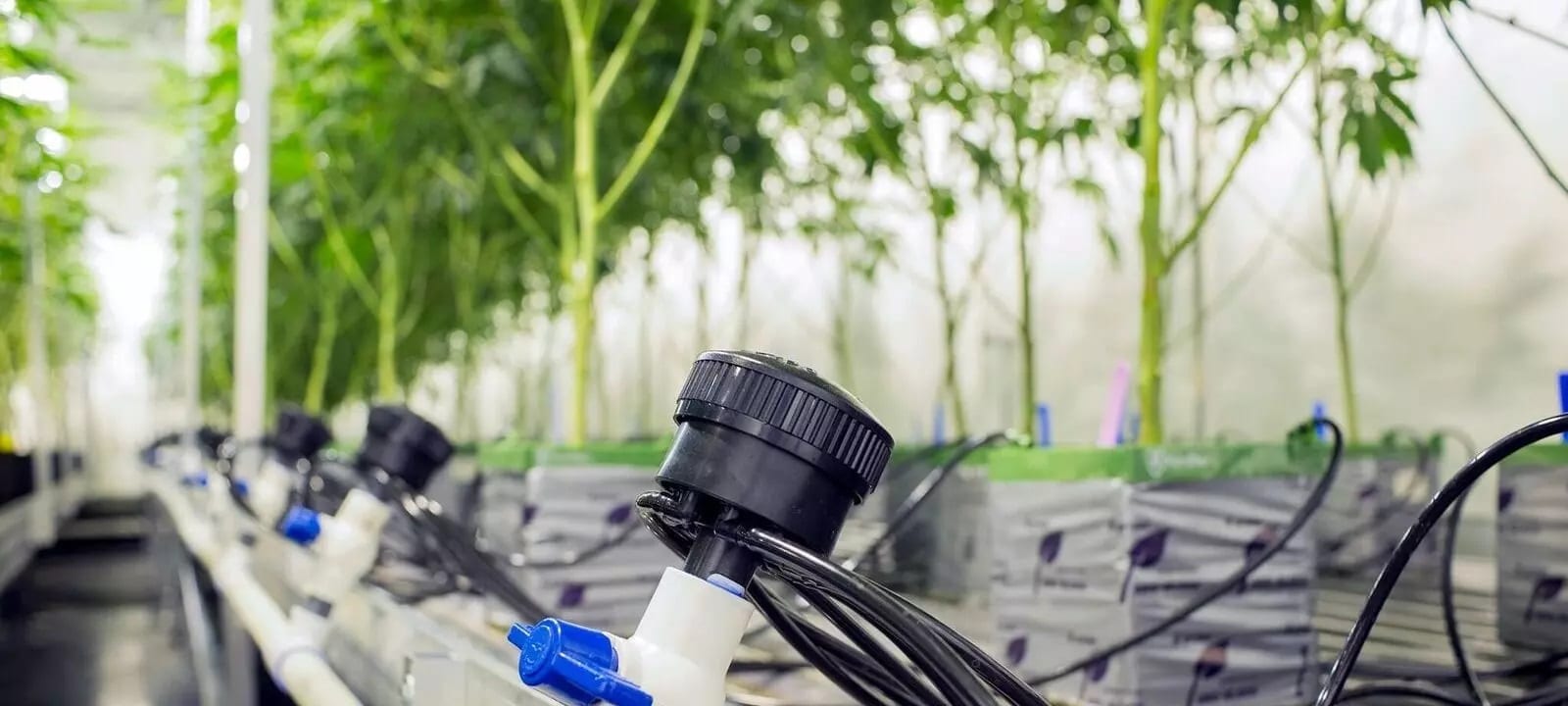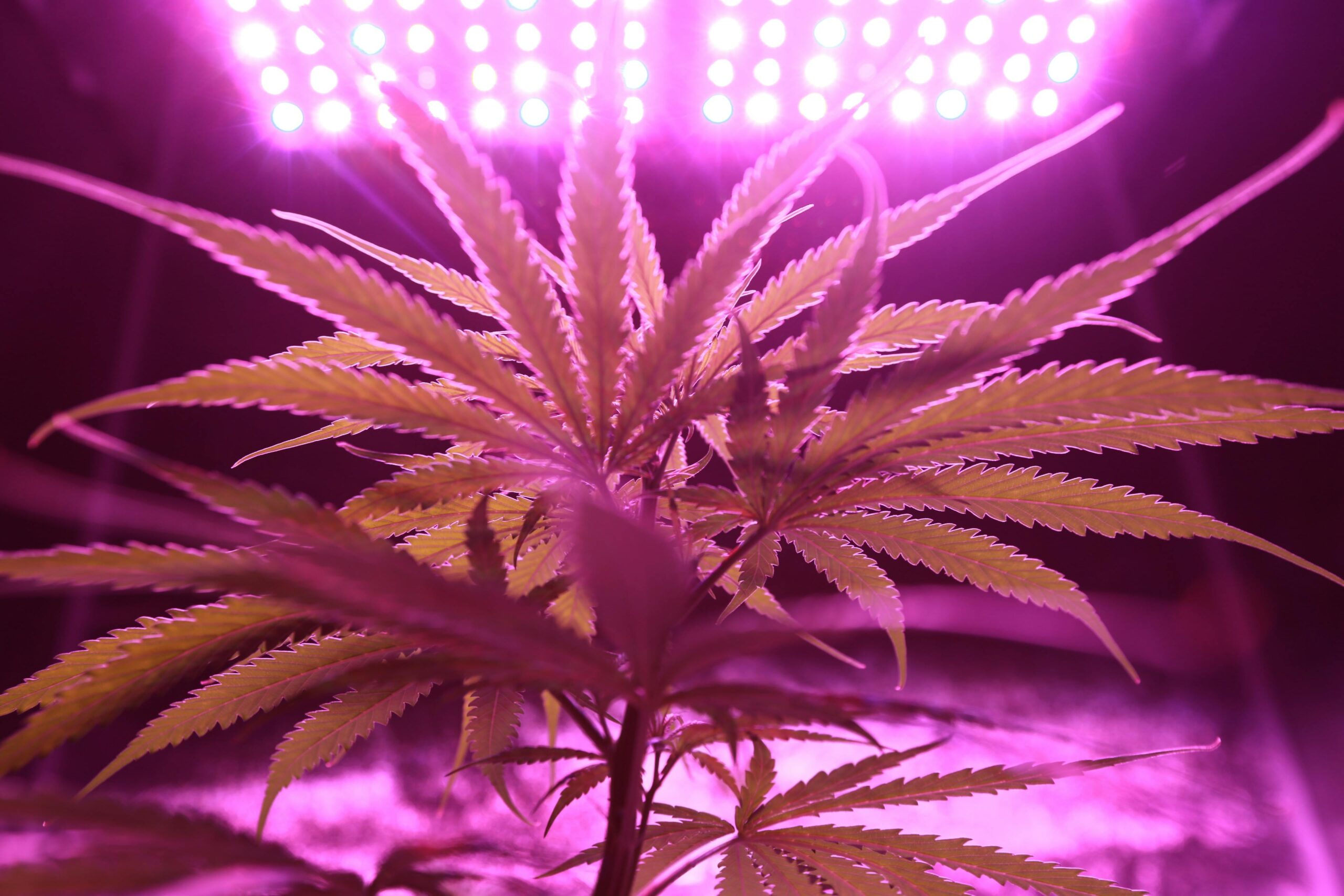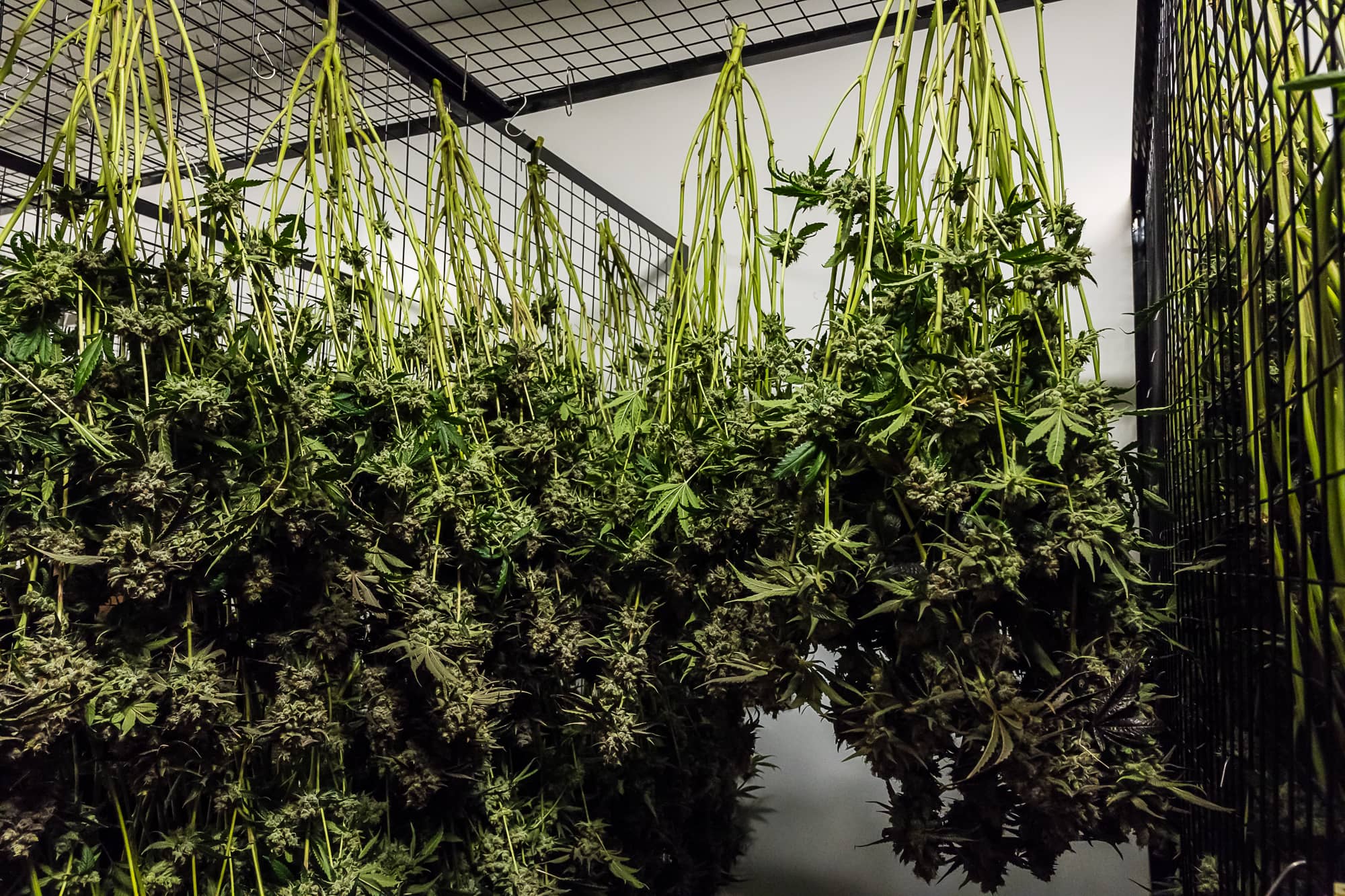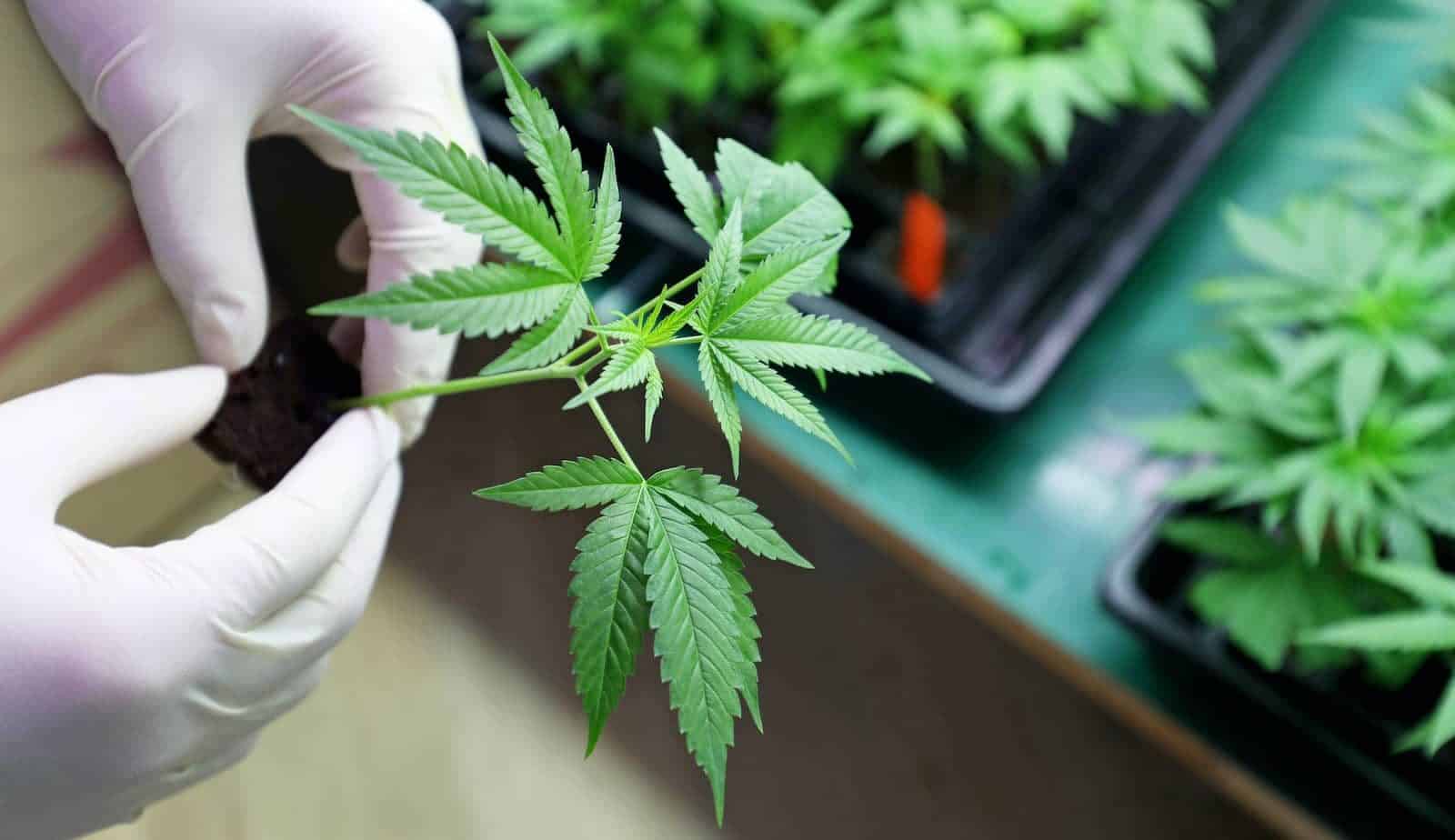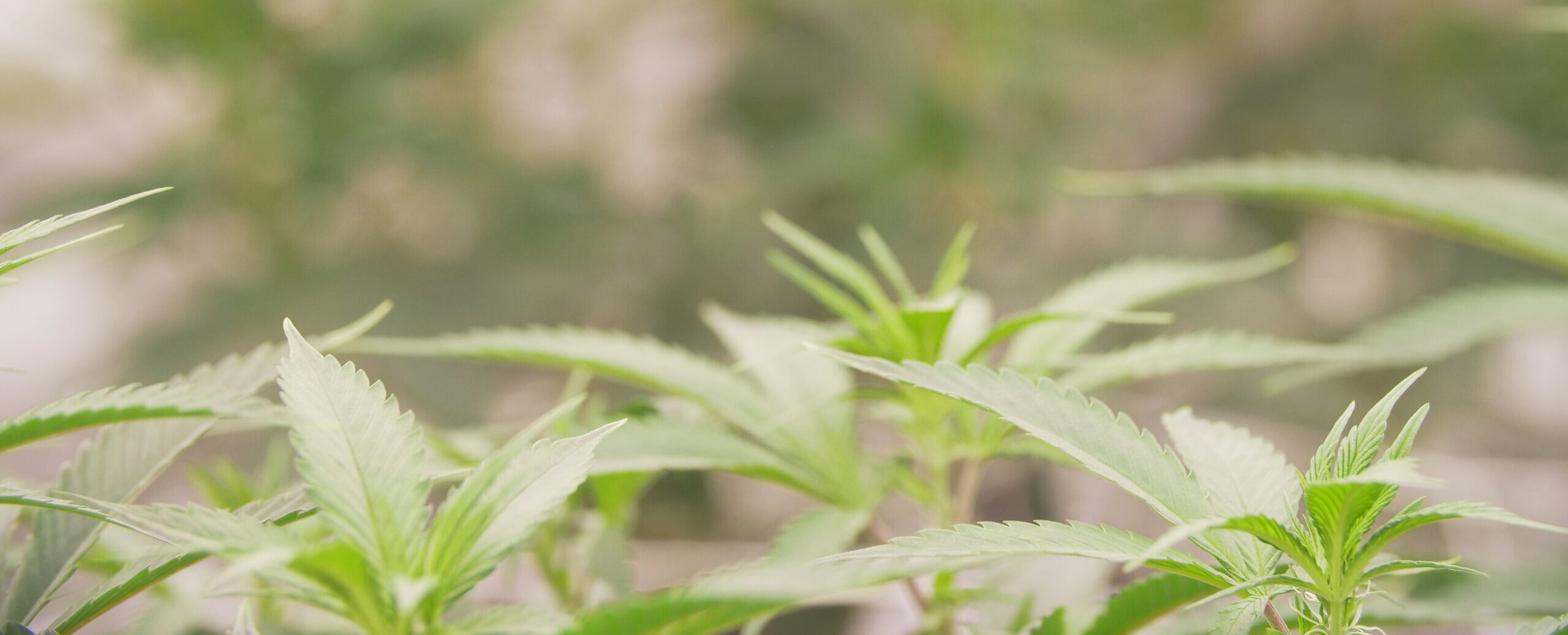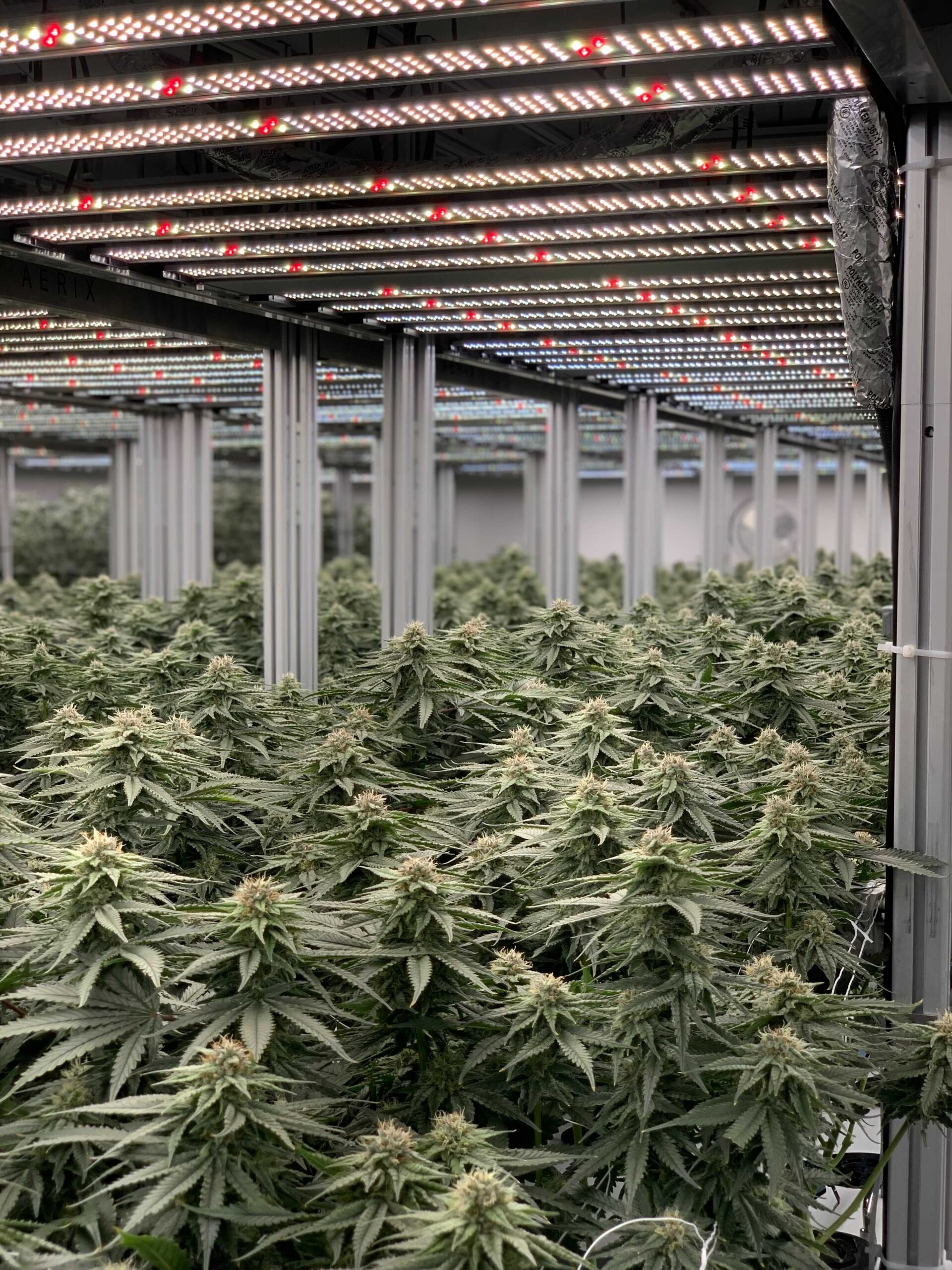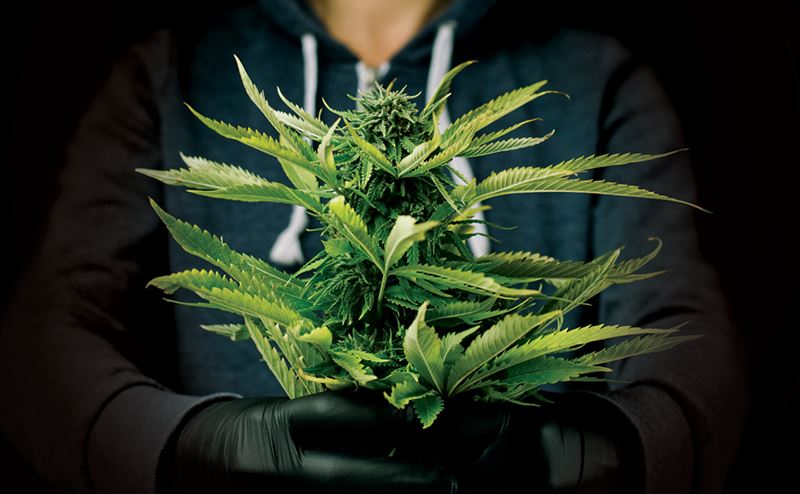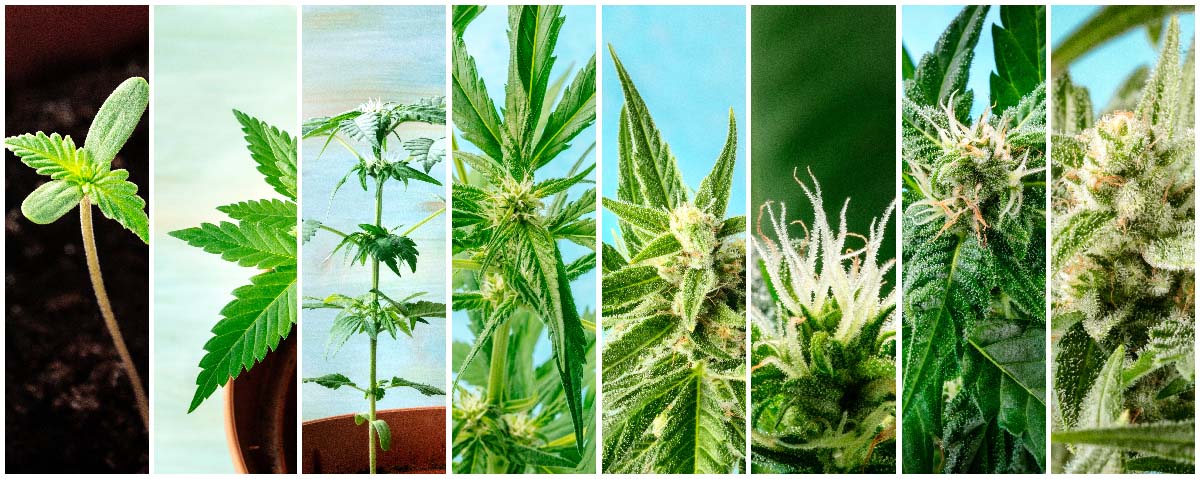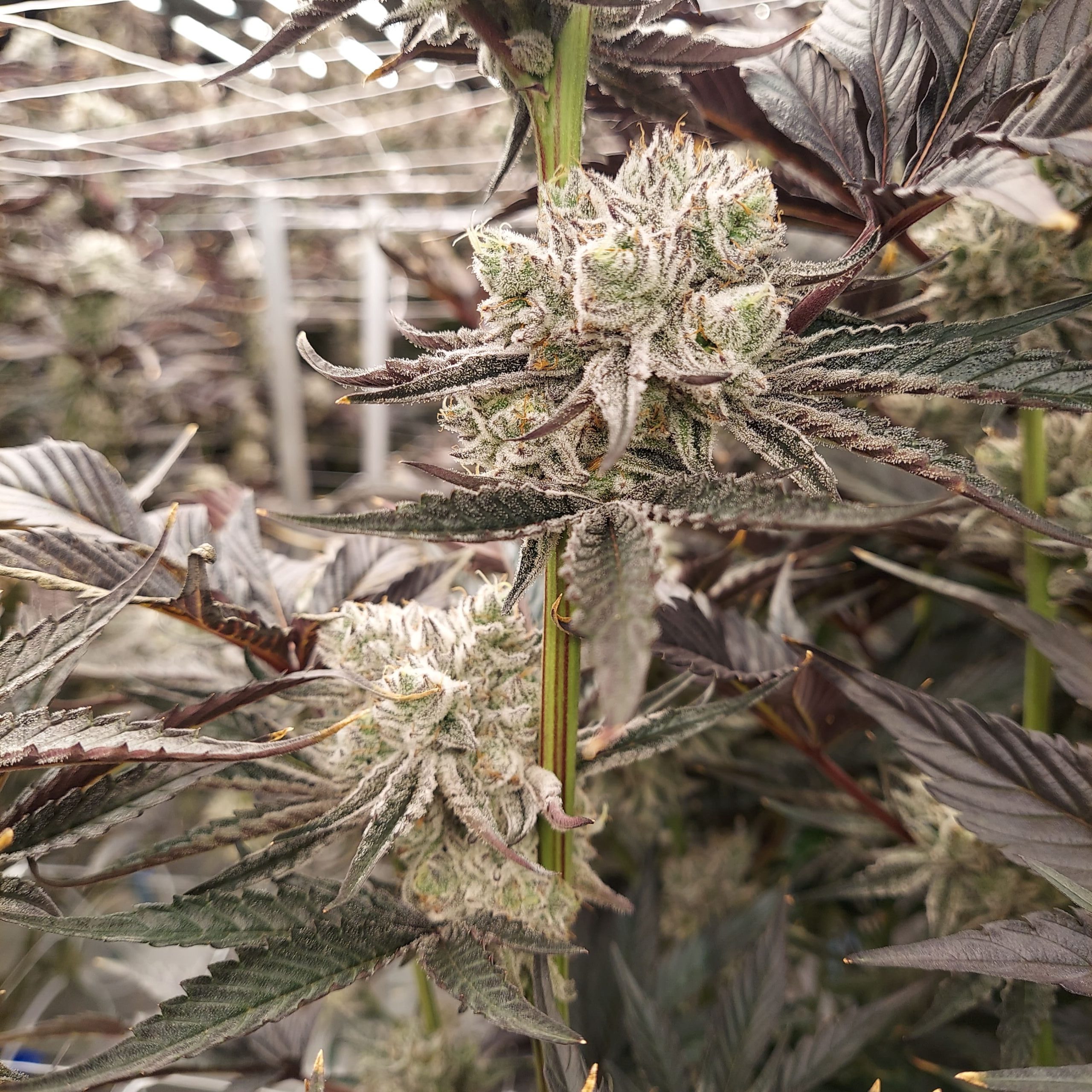Introduction
Licensed cannabis business operators know firsthand how many hats you really have to wear in this industry. It’s safe to say that accounting and law are not most people’s forte. But profitability is every cannabis business owner’s number one priority. And when it comes to paying taxes to the state and the IRS, all cannabis operators must deal with the limitations of Internal Revenue Code (IRC) Section 280E.
The IRS does not allow cannabis businesses to take the same federal tax deductions as businesses in other industries. A great CPA that understands the law and how it’s implemented in the cannabis industry will be paramount in your success. Even with a knowledgeable CPA, you’ll still need to understand the basics to ensure your business can maximize its profits and set up the processes to ensure you’re tracking correctly.
In this article, we’ll cover the 280E tax code, the deductions available to cultivators, and those that are not. We’ll also provide tips and guidance, with the help of a cannabis industry expert, on how to maximize your deductions. If you’re looking for more information on 280E, you’ve come to the right place!
And make sure to download our 280E Cheat Sheet for commercial cannabis businesses. We provide a chart of accounts guide to inventoriable and non-inventoriable costs so you can start keeping more of your profits!
We’ve compiled a comprehensive summary on this topic, but as always with things of a technical nature such as this, we encourage you to consult with a CPA or accountant about your specific situation.
What is Section 280E
Despite sweeping legalization across the United States, cannabis is still classified as a Schedule I controlled substance. Until things take a turn at a federal level, all cannabis operators must abide by the 280E tax code.
There’s a pretty interesting story behind the passing of 280E tax code. In 1982, a bold cocaine dealer decided to file a tax return (lol, we know) and report gross income and expenses. At the time, the Tax Court allowed him to take those deductions. But the IRS and Congress were the least pleased when that story broke.
Today, the majority of states in the U.S. have some form of medical or recreational cannabis. Yet, at the federal tax level, 280E restrictions persist and make running a profitable business much harder.
Section 280E was written into law to prohibit “ordinary and necessary” business deductions in companies involved with trafficking, defined as the buying or selling of controlled substances. A cannabis business must distinguish between trafficking and non-trafficking expenses on their taxes.
However, in a later federal tax court case in 2007, Californians Helping to Alleviate Medical Problems, Inc., v. Commissioner, (“CHAMP”), the government acknowledged that 280E does not prohibit a taxpayer from claiming COGS (cost of goods sold). The term COGS refers to “expenditures necessary to acquire, construct or extract a physical product which is to be sold.”
CHAMP won the case based on their argument that they should be allowed to deduct production-related operating expenses as well as services they offered to the community that were non plant-touching. The services were not related to the buying and selling of cannabis and the case set a precedent for companies to deduct expenses from other departments of their organization. This case is regarded by some attorneys as an exception, not the norm.
Since then, others have lost tax court cases where they’ve tried to reappropriate expenses to other segments of their businesses. While these other cases failed, the precedent to assign direct and indirect costs to inventory and reduce total taxes owed persists and is the best way to maximize profits under 280E tax code.
Does 280E apply to growers?
280E applies to growers and every other medical marijuana business type that touches the plant and its products along the supply chain.
The good news is that the impact on a cannabis cultivator is much less than what a cannabis dispensary goes through – given a cannabis retailer is more directly involved with the “trafficking” or selling of cannabis while a grower has many more expenses associated with producing the cannabis product that are allowed under 280E.
Even though you may be operating in a legal medical or recreational state, 280E still applies because trafficking cannabis, per the definition, continues to violate federal law.
What are the main challenges with 280E?
The cannabis industry isn’t the easiest to get into, compete in, or raise money in. On top of those difficulties, cannabis businesses have to pay an effective tax rate that’s 3.5 times higher than a business in any other industry. Simply because you’re unable to deduct costs related to selling cannabis, “including employee wages, technology, accounting, rent, and more.”
An IRS audit is unlikely, but it’s always possible. Most of the cases against cannabis companies involved dispensaries. The IRS is able to audit returns and documentation many years into the past and can penalize for back taxes. So, it’s in your best interest to get it right. The biggest challenge in complying with 280E tax law is knowing how to maximize on the deductions that are allowed in each taxable year.
Exceptions to Section 280E
While no plant-touching cannabis business is immune to 280E tax laws, there are some ways in which a business can reduce their total tax liability.
Deductible Expenses
At first glance, one might assume nothing is deductible under 280E. But in fact, there’s a good amount of costs that can be applied to reduce the total taxes owed.
COGS are also referred to as inventory costs which include the cost of the actual product and any directly related expenses. The trick is knowing what’s safe and acceptable to deduct and what’s not. CPAs and tax attorneys look to both the 280E regulations and the many federal tax court cases that act as precedent.
Higher Deductions on State Level
Some states like Colorado and Oregon, thankfully exclude 280E tax code in calculating state income tax, allowing licensed businesses to deduct all standard business expenses. If you’re lucky enough to find yourself in one of these safe haven states, the burden on income tax will be greatly reduced. A bit more accounting and bookkeeping effort is required to run separate federal tax returns with differently charted accounts, but the benefits are sizable.
How can a cultivator lessen the burden?
Corporate Structure
Many cannabis companies create a corporate structure that limits the liability on its business owners. In dealing with high income tax liability for a licensed cannabis business, maximizing potential deductions on gross income is the top priority. A C-corporation is generally recommended in the marijuana industry, but make sure to consult your attorney to determine what makes the most sense for your medical marijuana business.
Timekeeping and Job Roles
In most startup businesses, employees wear multiple hats. If you set out to keep detailed labor time records, you’ll have the paper trail to prove a specific percentage of an employee’s time is deductible. This is especially handy for the leadership team who would usually not be directly involved with the production of cannabis. They do often dedicate their time to activities that can help reduce the overall income tax burden, like the time spent designing a new cultivation facility for instance.
As always, the best defense is a good offense. In order to set yourself up to be audit-proof, create detailed job descriptions for each employee and keep detailed records of labor hours with time-tracking software.
Speaking of software, Trym’s task management and time-tracking features are built just for commercial cultivators and cannabis entrepreneurs. The app is preconfigured with common cultivation activities, such as cloning, feeding, transplanting, and harvesting, to make creating tasks efficient. The interface is clean and intuitive, allowing employees to quickly start, pause, and complete tasks. The best part is that management is able to analyze and report on productivity and efficiency.
Check out our case study on how Happy Valley saves many hours each week using Trym to manage their team and keep a beat on all projects and tasks across their facility.
When it comes to running a licensed cannabis business, an expert in tax and accounting that has extensive experience in the cannabis industry will be worth their weight in gold. Analyzing your expenses and assigning them to COGS vs ordinary business expenses will set you up for success and give you peace of mind that you’re complying with the law while deducting as much as possible.
How to maximize Tax deductions
Record in detail every employee’s job description and review it regularly, in case their responsibilities change. How they spend their time at work determines whether the medical marijuana business can deduct it as COGS or if it’s a non-deductible activity.
The salaries of sales, marketing, or executive positions are typically not assigned to COGS. In order to maximize deductions, it’s important to identify any overlap your employees have between different activities. Because while the CEO of a large organization is not spending much time working with the plants, a portion of their salary may be deductible under 280E tax law.
Direct vs Indirect Costs
A cannabis producer is required to maintain inventories using the full-absorption method of inventory costing. This method is required to create an inventory valuation for the balance sheet and to work within 280E parameters. Direct and indirect costs are identified as production costs if they are incident to and necessary for production processes.
The costs that are tied to cultivation are assigned to inventory products. They aren’t recognized as expenses in the month the business paid for them. However, they remain in inventory as an asset until the product is sold. At that time, they’re finally charged to COGS.
Here’s a simple example. Facility A has 600 labor hours from Joe and Sarah during the last growth cycle. The inventory produced during that cycle, 300 lbs, has a dollar value on the balance sheet. Joe and Sarah’s hours, directly related to growing that cannabis, adjust the inventory value down.
Direct Costs
Direct production costs are defined as necessary for production operations. Direct material costs become an integral part of the product or are materials consumed during production. Direct labor costs include basic compensation, overtime pay, vacation and holiday pay, sick leave pay, and payroll taxes.
Indirect Costs
Indirect production costs can also be capitalized to ending inventory. These are costs that can’t be attached to a specific item produced. For 280E-abiding cannabis cultivators, all indirect costs incurred during the production process are referred to as manufacturing overhead. This overhead is applied across all units produced within a reporting period and adjusts the gross revenues. The more COGS assigned to inventory, the lower the income tax owed.
What can be deducted under 280E
The good news for cannabis industry producers is that there are many more expenses that can be claimed as COGS. On a cultivation team, all labor is deductible, including cultivating, trimming, harvesting, and processing. Packaging of finished product into wholesale bags is also considered a direct expense.
In addition, the production team’s employee benefits, including profit sharing, health insurance, and workers’ comp expenses, are deductible as long as the cannabis company makes sure to produce financial statements in accordance with Generally Accepted Accounting Principles (GAAP).
Here are some common direct and indirect costs typically seen on a cannabis cultivator’s balance sheet:
Direct costs:
- Seeds or clones
- Nutrients
- Grow medium
- Repairs and maintenance
- Tools and equipment not capitalized
- Garden supplies
- Packing and processing materials
- Special Purpose Agricultural Structures, or single-purpose agricultural structures like a greenhouse
Manufacturing overhead costs:
- Cannabis cultivation taxes
- Indirect materials and supplies (grow supplies and packaging)
- Improvement to a building’s interior
- HVAC, fire protection, alarm and security systems
- Administrative expenses related to production
- Officers’ salaries related to production
- Insurance costs related to production
- Depreciation on equipment used in the production process
- Property taxes on the production facility
- Rent proportional to space used in production
- Utilities proportional to amount used in production
- Maintenance and repair of production and storage areas
- Salaries of cultivation managers
- Salaries of the quality control staff
- Supplies not directly associated with products
- Wages of building janitorial staff
If a medical marijuana cultivator is solely involved in growing and selling wholesale, then the majority of expenses should be deductible. The waters get murky when an operation develops its own brand to distribute or sell directly to dispensaries. Costs associated with distribution, marketing, and sales would be subject to the 280E tax code.
Be aware, that just like with employees time, your accountant should identify what portion of the electricity or rent is deductible. Only expenses related to the designated inventory area can be deducted. So for example, the rent on your facility is deductible,but only the portion of the building that the cannabis is located in. Subtract your offices, bathrooms, break rooms out of that to arrive at the allowed amount.
The best way to set yourself up for success is with a strong chart of accounts prepared together with your accountant. That way, maintaining records will be a breeze because you’ve already established your direct, indirect, and non-deductible buckets.
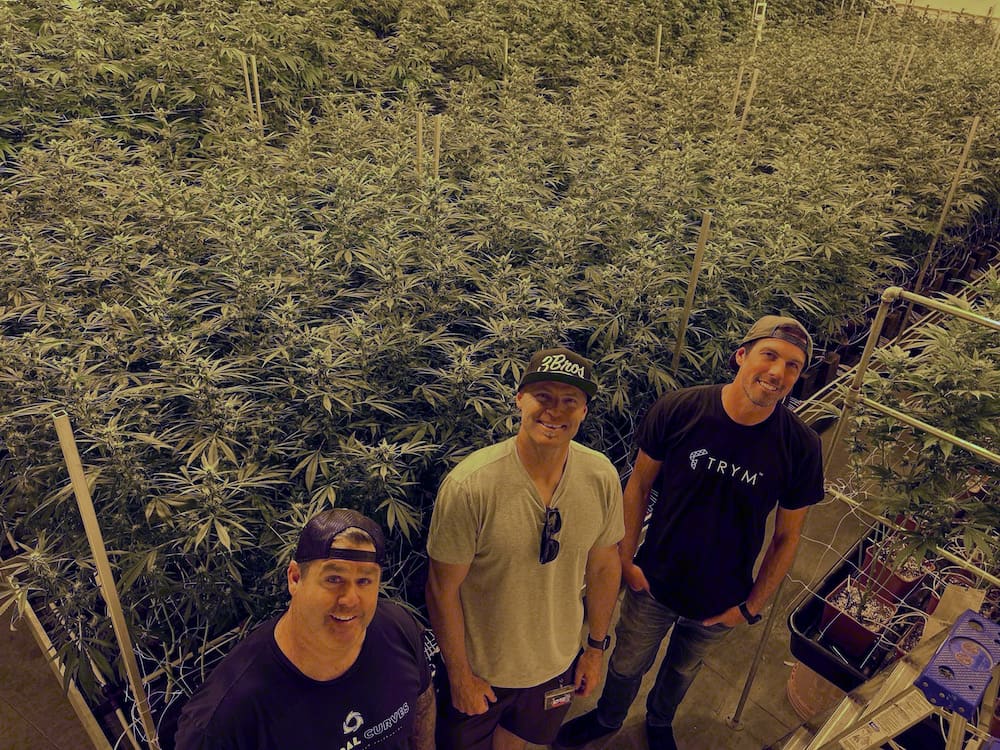
What can’t be deducted
First, while certain transportation costs are deductible, others like delivery may be considered non-deductible. Make sure to consult with your accountant on marijuana transportation and distribution costs.
Second, structures and improvements to facilities that have a long-term life are typically capitalized and depreciated over multiple years instead of assigned to inventory COGS in that period.
Below are some of the common costs that are not deducted under 280E:
- Advertising and marketing
- Banking fees
- Travel expenses
- Cleaning/janitorial services
- Computer and tech equipment
- Consulting fees
- Conventions and trade shows
- Sales team salaries and wages
- Health insurance
- Insurance premiums for credit, liability, malpractice, worker’s comp, and other insurance
- Interest
- Legal fees
- License or permit fees
- Office supplies and expenses
- Payroll processing and taxes
- Rent on space not associated with production
- Software and online services
- Subcontractors
- Theft and loss
- Utilities not associated with production
- Waste removal
How to protect against audits
In 2018, two big cases (Harborside and Alternative Health Care) both lost in federal tax court appeals to 280E. The rulings bring more clarity to auditors and in some ways make it easier for them to audit and penalize in the future.
A former IRS attorney has warned of an upcoming ‘tsunami’ of medical marijuana-related 280E audits. So how can you make sure your books and accounting practices are set up for success and safe from audits?
Here are some tips on protecting yourself from audits:
- Maintain all tax-related documentation for 7 years. Tax documentation includes tax returns, receipts for every transaction, correspondence with tax authorities and supporting workpapers.
- Establish, if not already in place, proper methods of accounting in accordance with U.S. Generally Accepted Accounting Principles (“GAAP”)
- Don’t rely on management or shell companies to absorb costs that you can’t allocate to COGS under 280E
- Make sure your team fills out Form 8300 for transactions over $10k every single time. The IRS can fine you up to $25,000 per each missing form.
- Document every single expense, either paper or electronic. If you can’t prove your claim against taxable income with documentation, you may be fined.
- Categorize your employees: assign roles to each employee for more accurate reporting on wages
- Have an experienced CPA and tax attorney on your side: set up systems and processes in place that guarantee accurate records and streamline compliance.
What’s to come for 280E
The tide of cannabis legalization is rising in the United States. With each year, more states join the rosters and tilt the nation towards legalizing cannabis on a federal level.
A rescheduling or de-scheduling of medical cannabis under the Controlled Substances Act would make 280E a moot point. At that point, additional legislative proposals would be expected to implement marijuana taxes and federal income tax. Medical marijuana excise taxes would be imposed on any finished product made in the U.S. or imported into the country. In addition an occupational tax could also be imposed on marijuana cultivation and manufacturing facilities.
Elimination of 280E
If 280E became irrelevant, the cannabis industry would be able to access several income tax planning opportunities that are currently unavailable to them. New Frontier detailed a valuable list of tax benefits that medical marijuana businesses could access:
Tax Cuts and Jobs Act (TCJA) offers a 20% federal tax deduction from flow-through entities, like S-corps, partnerships and LLCs.
Cost Segregation Studies (CSS) apply to building costs and accelerating depreciation deductions for tax benefits in the early years of a startup. Launching and growing a cannabis business is demanding and cash-intensive. So by writing off the cost of early capital expenditures, cannabis companies stretch their runway and help their business become successful.
Research and Development Tax Credits– R&D is a common initiative in cannabis cultivation and manufacturing. Imagine being able to write off your breeding research time and material expenses. The R&D tax credit can offset up to $250,000 of your federal payroll tax liability using R&D credits.
Cash Method Reporting is a simplified accounting method and one that’s currently unavailable to plant-touching businesses under 280E tax code. The passing of TCJA expanded eligibility to use the cash method and not have to account for inventory. Previously, the limit was $5 million or less in gross receipts, but now it’s been raised to $25 million. With 280E in place, cannabis business owners must track inventory and account for COGS. When 280E is no longer a restriction, the marijuana industry will be able to take advantage of cash method reporting benefits.
Summary
If you’ve made it this far, give yourself a pat on the back (and maybe go spark one!), this is not an easy to understand topic. But it’s so important to the livelihood and success of cannabis cultivators that we felt compelled to clear up some of the fog.
Please note this is just a summary of information and interpretations of the regulations. Before taking any action based on this information, we strongly encourage you to consult with a professional accounting advisor about your specific situation.


